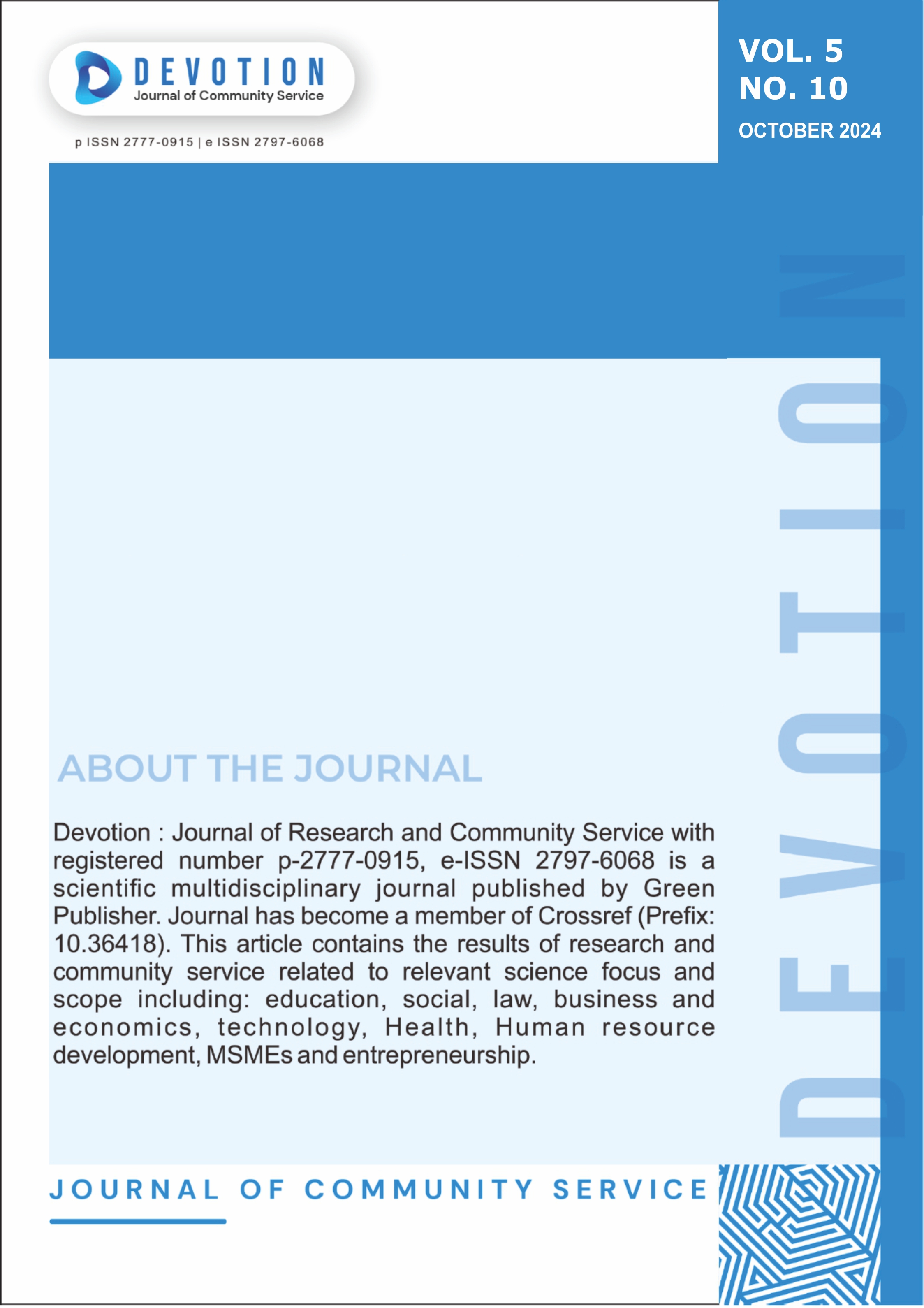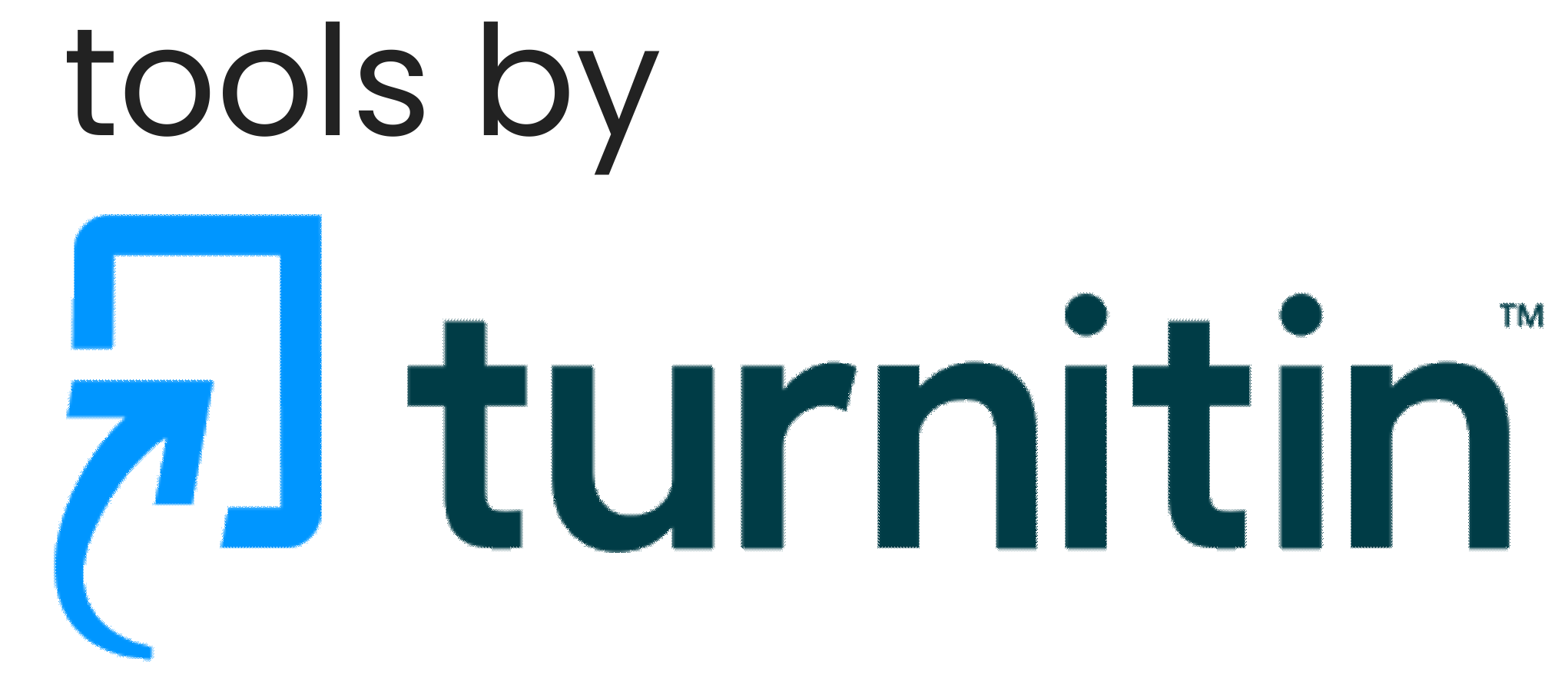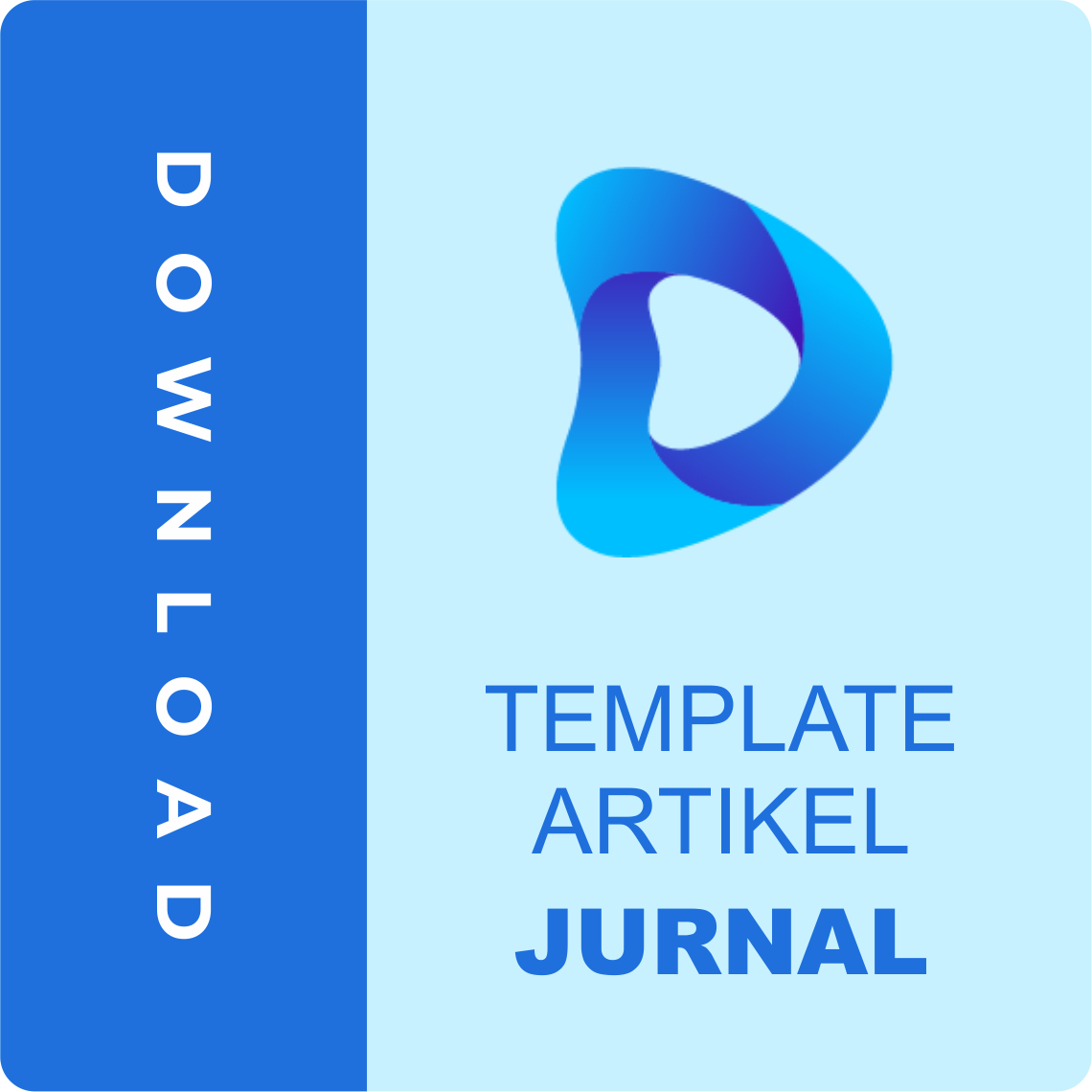Teachers' Perspectives on CIM at Elementary Schools
DOI:
https://doi.org/10.59188/devotion.v5i10.15700Abstract
This study aims to find out the extent of teachers' perspectives or views on: (1) Learning using ICT as a learning medium or tool, (2) Interactive Multimedia Learning. Based on Canva application can increase students' motivation to learn and, (3) Fun Interactive Multimedia Learning. The research method used by the researcher in this study is a descriptive research method with a quantitative approach. The research was carried out on elementary school (SD) teachers in Bungbulang district, Garut regency. The subject of this study is elementary school teachers with a sample of 75 respondents from all teachers in elementary schools as many as 300 people. In collecting data from the samples taken using a questionnaire or questionnaire technique with the scale used, namely the Likert scale. The results of this study, namely that the teacher's perspective on ICT learning as a medium or learning tool is highly expected and this can be seen from the results of the data analysis collected, namely 36 (48%) respondents answered strongly agree, and 28 (37%) respondents answered yes. This means that respondents agree to ICT-based learning. The conclusion to the perspective of CIM (Canva Interactive Multimedia) is also very significant that 36 (48%) respondents agree and 25 (33%) respondents strongly agree with the learning process using CIM. And finally, as many as 39 (52%) respondents answered yes and 21 (28%) respondents answered strongly agree. This means that the existence of CIM in learning will provide results, namely it will increase interest in learning and be fun. Broadly speaking, the teacher's perspective on CIM provides a positive view that can increase students' motivation in the learning process.
Downloads
Published
Issue
Section
License
Copyright (c) 2024 Deni Darmawan, Sansan Ihsan Basyori, Ucu Koswara, Jam Jam Jamilah, Padmi Rohmatul Illahi

This work is licensed under a Creative Commons Attribution-ShareAlike 4.0 International License.
Authors who publish with this journal agree to the following terms:
- Authors retain copyright and grant the journal right of first publication with the work simultaneously licensed under a Creative Commons Attribution-ShareAlike 4.0 International. that allows others to share the work with an acknowledgement of the work's authorship and initial publication in this journal.
- Authors are able to enter into separate, additional contractual arrangements for the non-exclusive distribution of the journal's published version of the work (e.g., post it to an institutional repository or publish it in a book), with an acknowledgement of its initial publication in this journal.
- Authors are permitted and encouraged to post their work online (e.g., in institutional repositories or on their website) prior to and during the submission process, as it can lead to productive exchanges, as well as earlier and greater citation of published work.













